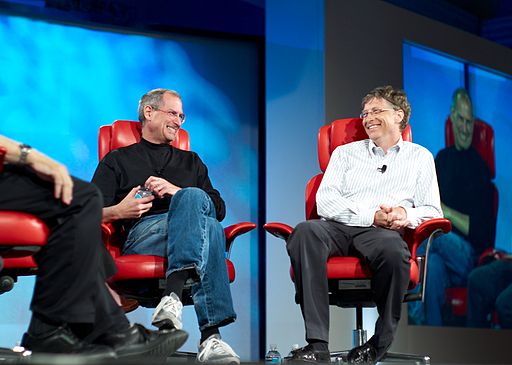As smartphones have become common, the humble phone box has become a quaint reminder of a previous era. A series of initiatives around the world to use phone boxes to WiFi points may be giving them another lease of life.
For telecommunications companies around the world what to do with thousands of barely used but high maintenance phone boxes has become a pressing question, particularly in markets where licenses require operators to maintain them as part of their service obligations.
A solution may be found in municipal WiFi as cities have found one of the barriers to rolling out networks is where to locate base stations. In Barcelona one of the solutions has been to create hotspots in bus shelters.
The idea of using payphones as hotspots first appeared in the Yorkshire town of Leeds followed by a municipal network in New York and now Australia as the incumbent telco Telstra announced plans to rollout wireless broadband across the country.
In the UK, the Leeds based service includes charging stations in the kiosks with the services based upon advertising. It’s notable the UK service is a private startup while the US experiment is a municipal initiative and the Australian service is an extension of the existing telco network.
It may be that other revenue generators may be to provide electric vehicle charging, secure storage and perhaps neighbourhood collection points for delivery services. The model certainly needs tweaking.
How the utility of kiosks providing WiFi and these other neighbourhood services work will depend upon many factors; the economics may require governments or community groups to provide the services. It certainly is a business model in development.
For now though it seems the remaining payphone kiosks are safe from being abandoned.





